How to Prepare Your Commercial Fleet for Vehicle Inspections
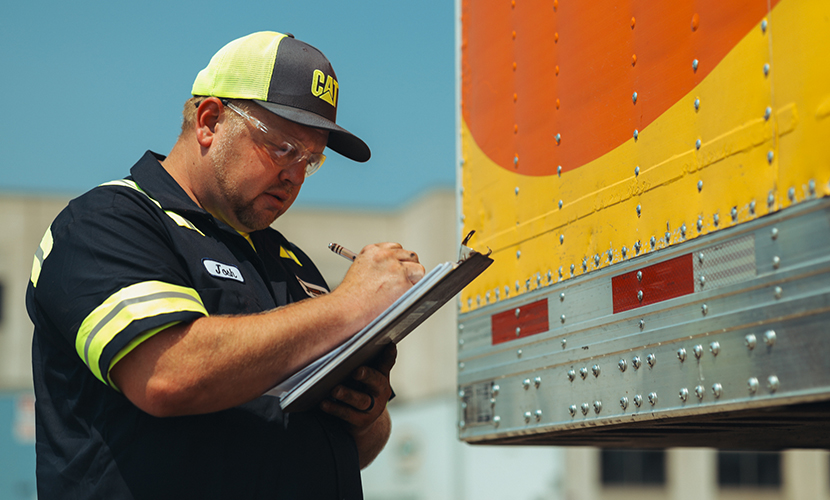
In the world of fleet management, inspections can mean two different things.
The first is the maintenance and review checklist you create for your service centers. This is a list of details to check about each vehicle in your commercial fleet to verify that the vehicle is in good working order to continue until the next inspection, service, or repair.
The second is the outside inspections. These are the inspections performed by Department of Transportation agents, usually at weigh stations, but also periodically to certify that a vehicle is in proper working order to continue safely on the roads.
“A DOT inspection can happen at the carrier’s location, weigh stations, truck stops, or on the road. Drivers should act professionally and comply with the evaluator throughout the process and stay prepared at all times. This will ensure you pass inspections and avoid any fines.” – Intellishift.
Truthfully, both of these go hand-in-hand. DOT inspections cover many of the same bases as your own maintenance checklists, and if you keep your vehicles in good working order on a day-to-day basis, they’ll pass DOT inspections easily.
So, how do you ensure that you’re going to pass inspections of both kinds? Read on for more advice.
Knowing the DOT Inspection Standards
DOT inspections aren’t actually just a single kind of inspection. There are, actually, seven different levels of inspection that might apply to your vehicles. What are they?
Level 1: North American Standard Inspection
A Level 1 DOT inspection, also referred to as the “North American Standard Inspection,” is the most thorough and frequently conducted of the six DOT inspection levels. This comprehensive inspection encompasses a detailed 37-step procedure, rigorously examining both the truck and its driver, along with any cargo to ensure there are no illegal items.
This is among the most common kinds of inspections to take place for commercial vehicles and ensures that those commercial vehicles meet the minimum standards necessary to be considered safe to operate on American roadways and highways. Despite being the first level, this is actually one of the most stringent and thorough assessments.
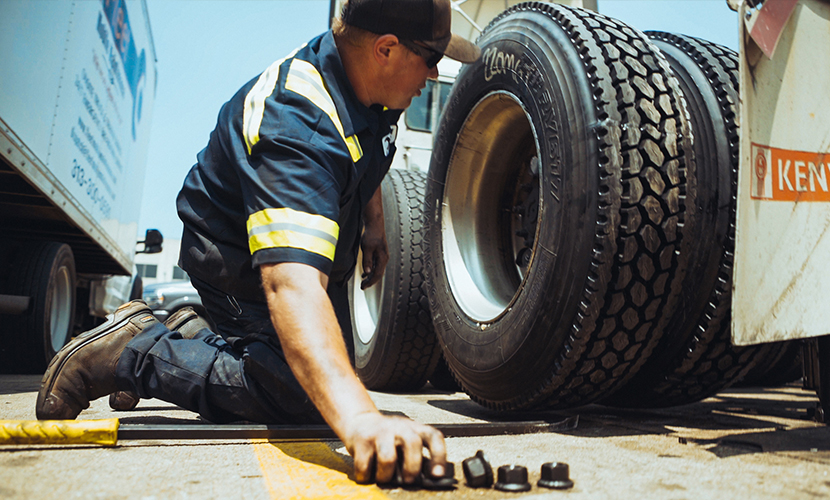
The North American Standard Inspection will look at a lot of different details of a given vehicle. These include seatbelts, brakes, lights, tires, batteries, coupling devices, the fuel system, steering, suspension, windshield wipers, and how appropriately the cargo is secured in the trailer.
An interesting fact is that, as more and more trucks take to the roads and fewer people are working for the Department of Transportation, some of these inspections can be performed remotely. By using telemetry from an onboard computer that monitors these various components, a report can be compiled and forwarded to the DOT at the time of an inspection, shortcutting the physical, in-person presence necessary to validate a vehicle.
Level 2: The Walk-Around Inspection
This is a simple inspection of the exterior of a vehicle, the paperwork certifying the vehicle and the driver, and other elements of the vehicle and its operation. It’s performed by a dedicated safety officer performing a visual inspection walking around a truck and is generally pretty superficial.
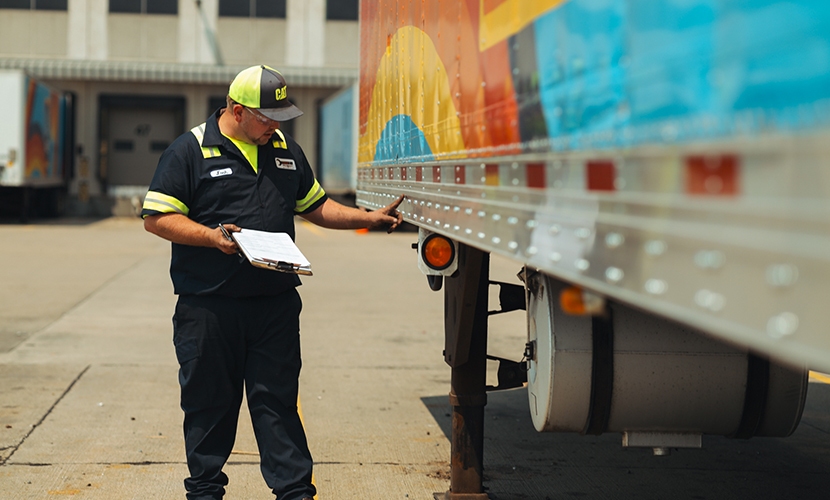
The officer won’t crawl under a truck or dig into the engine but will check other elements of the truck that are easily accessible.
Level 3: Driver Inspections
The third tier of inspections is driver inspections. While they don’t involve preparing the vehicle at all, they’re still an important part of keeping a vehicle on the road.
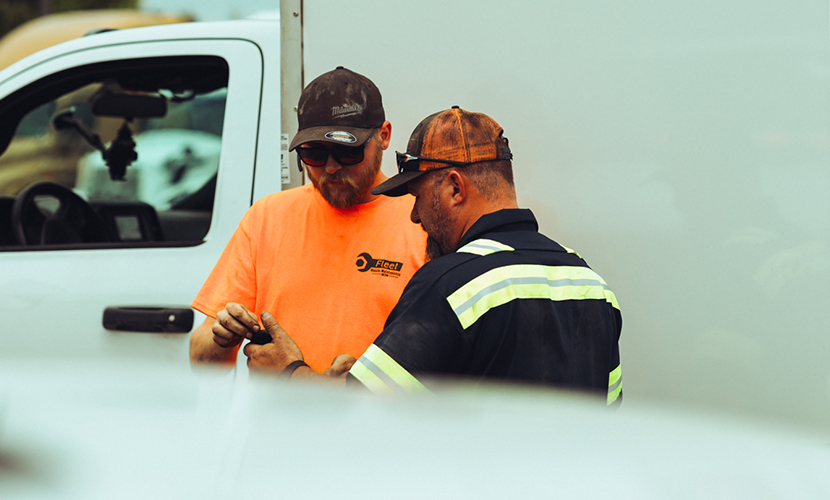
Specifically, these inspections will examine driver paperwork and performance, including the status of their license, the data on any logging devices, the hours of operation and service, the driver inspection report, and even medical examiner certificates and more. After all, we can make trucks as safe as possible, but an unsafe driver is still a danger.
Level 4: Special Inspections
These are inspections of specific components and are usually only done in specific cases.
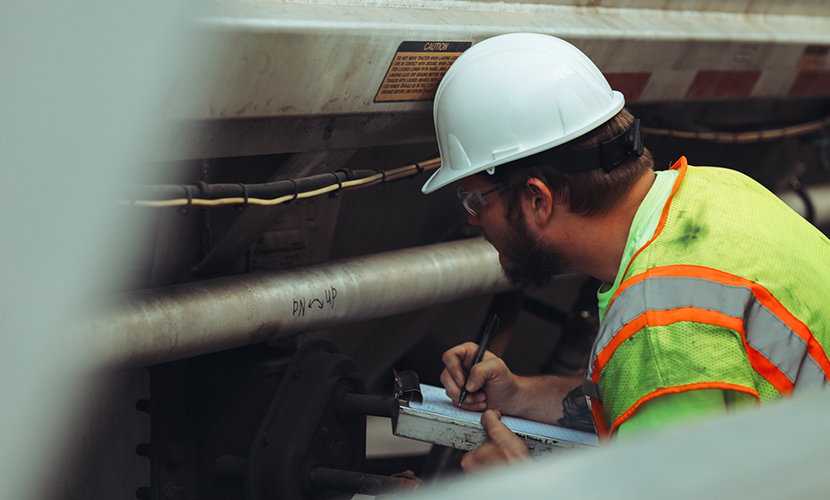
For example, if a given fleet of trucks is equipped with a particular part, and there’s a suspicion that this part may be faulty, a special inspection order can be issued to review these parts for signs of early or undue failure.
Level 5: Vehicle-Only Inspections
Level 5 inspections, defined as Vehicle-Only Inspections, focus exclusively on the vehicle, disregarding the driver’s role. These inspections are conducted with the driver away from the area, ensuring an unbiased and objective assessment. Research indicates that the absence of the driver during these checks leads to more impartial evaluations, free from any potential driver influence.
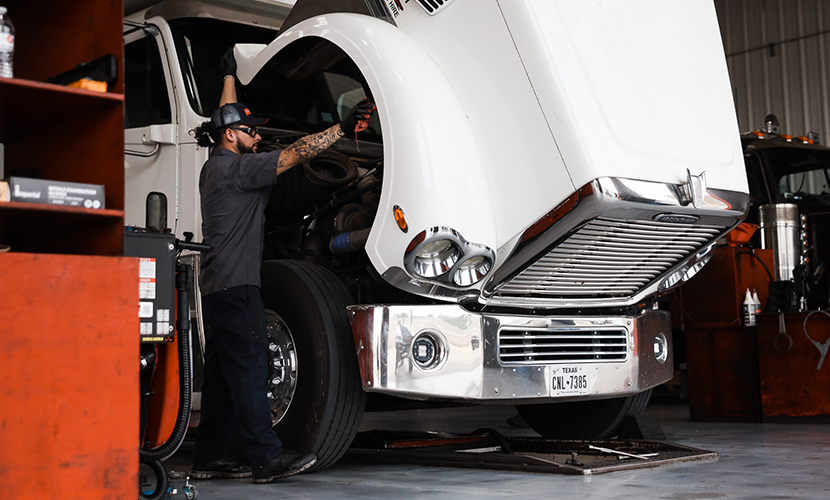
These crucial inspections, which are a key component of truck and trailer safety, are mandated annually by the Federal Motor Carriers Safety Administration (FMCSA). However, some fleets may require them more frequently. Contrary to Level 5 inspections, during DOT or FAI inspections, the driver’s presence is essential to assist with specific tasks, such as operating lights, applying brakes, and verifying air brake warning systems.
Level 6: NSA Radioactivity Inspections
Let’s be real; most of us aren’t going to have to worry about this kind of inspection. However, for those fleets that do, it’s extremely important.
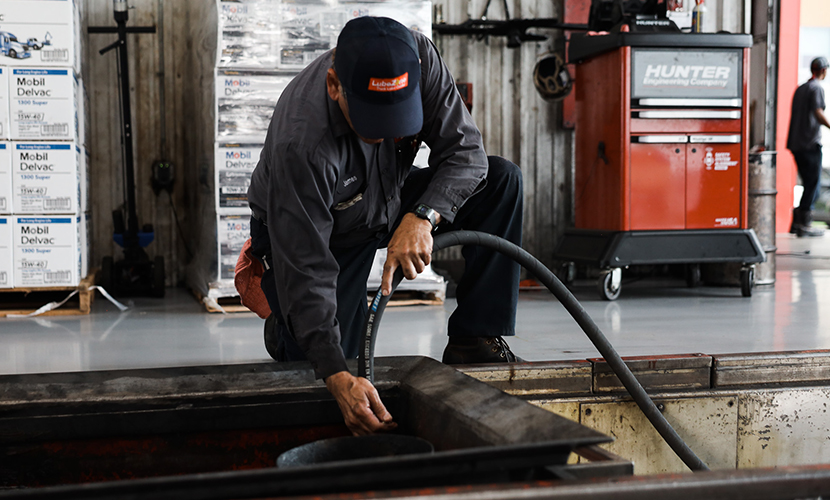
These inspections are conducted by the National Security Administration and are extremely thorough because they are focused entirely on the transportation of route-controlled quantities of radiological material. This can be anything from waste from reactors to medical waste to nuclear material, all of which are tightly controlled. Given how much damage even a single lost radioactive source can cause, it’s no wonder this is taken seriously.
Level 7: Jurisdictional Inspections
This final level is the inspections applied by specific jurisdictions other than national-level requirements and generally apply to specific kinds of vehicles. For example, school buses are subject to specific inspections and standards that they need to meet to operate safely. In general, these inspections are performed by the Commercial Vehicle Safety Alliance inspectors but may be conducted by specific contractors instead.

So, with all of this in mind, how can you prepare your vehicles to pass any relevant inspections?
Tips for Passing Commercial Vehicle Inspections
Laying the groundwork to pass inspections is the key to actually passing them. These aren’t the kinds of things you can pass with a few last-second adjustments and a fresh wash; you need to be prepared at the ground level.
First, understand the inspections you may be subject to. Out of all of the kinds of inspections above, you should know which ones will apply to your fleet vehicles, how often they will be performed, and what they look for.
Second, know the most common violations. When a violation is common, it means it’s something that is either prone to failure or is often overlooked. Common violations include ELD mandate violations, invalid driver licenses, exceeding hour of service restrictions, missing proof of inspections, improper cargo securement, and faulty lights. Most of these are very easy to avoid.
Third, develop your own inspections. Once you know what inspections you will be subject to, you can build your own checklists on how to pass them. The truth is, none of these inspections are kept secret; everything on each inspection list is public knowledge, specifically because they aren’t meant to be a surprise but rather an incentive to keep your vehicle in good repair.
What should be on your FMSCA DOT checklist?
- Overt signs of issues. Dripping fluids, leaks, parts dragging or grinding, strange noises; all of these can indicate a deeper problem that needs addressing.
- Paperwork. Everything from the vehicle certifications to past inspection reports to the driver’s paperwork should be kept in good order and proactively renewed and refreshed as necessary. All of this paperwork should also be organized and ready for an inspector.
- Proper tire treatment. Tires should be appropriate for the conditions and should be evenly worn, inflated properly, with reasonable tread depth, all lugs in place and properly secured, and nothing embedded in the tires.
- Safety equipment in good order. Seatbelts, windshield wipers, mirrors, all lights and indicators, and other safety features should all be inspected and in good working condition. Additionally, safety and security items should be in place, like fire extinguishers and first aid kits.
- Connections between truck and trailer should be inspected and in good working order.
- Brakes should function properly, with resistance when pressing on the pedal. Check the drums, pads, and rotors for wear, and listen for squeaks, grinds, or other noise when slowing the vehicle, which can be a sign of improper configuration or worn parts.
- Cargo securement. Ensure cargo is securely fastened and complies with FMCSA standards to prevent shifting or falling during transport.
- Vehicle identification and markings. Ensure proper markings like USDOT numbers are visible and comply with regulations.
- Driver qualifications. Check the driver’s qualifications, including a valid CDL, medical certification, and necessary endorsements.
- Hours of service compliance. Maintain adherence to FMCSA hours of service rules, including accurate logbooks or electronic logging devices (ELDs).
- Steering mechanism. Examine the steering system for functionality and absence of excessive play.
- Exhaust system. Inspect the exhaust system for proper operation and check for leaks or damage.
- Fuel system. Check the fuel system for leaks and ensure the fuel cap is sealing correctly.
- Suspension system. Inspect the suspension for signs of wear or damage.
- Frame and chassis. Check the frame and chassis for structural integrity, looking for cracks, bends, or other damage.
- Coupling devices. For vehicles with trailers, ensure the coupling devices are secure and functional.
- Windshield and mirrors. Inspect the windshield for cracks or chips and ensure mirrors provide adequate visibility.
- Emergency exits and routes. (For passenger vehicles) Check that emergency exits are operational and clearly marked.
Much of this can be remotely viewed and monitored through the use of computerized telemetry and data harvesting from sensors throughout a truck. Newer trucks may come with this preinstalled; other vehicles may need aftermarket telemetry systems installed. Either way, keeping an eye on all elements of the truck should be a primary consideration.
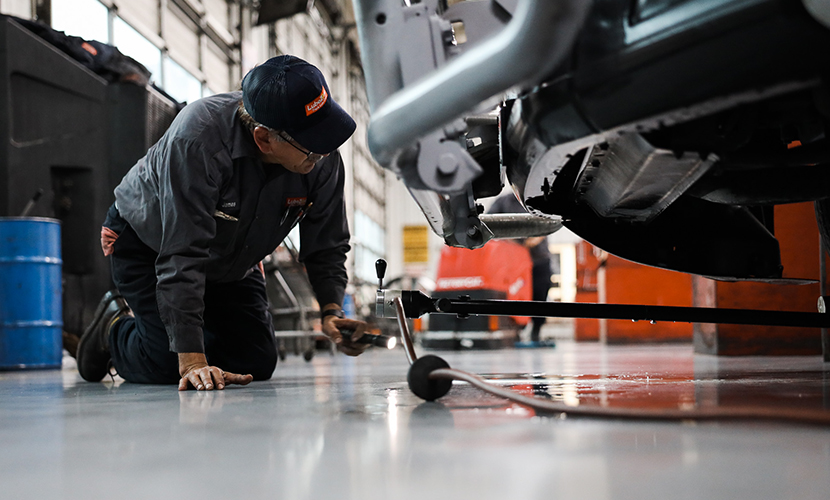
Other things to remember include:
- Cargo. Your cargo should be properly packed and secured; shifting loads is one of the greatest dangers to drivers and others on the roads. If there are hazardous materials, particularly anything radioactive, be aware of the intense scrutiny it will be under, and make sure you give the inspectors zero cause for concern.
- Drivers. Drivers need to perform adequately and within expectations. Look for potential violations in action, both on the road and off, that could jeopardize your safety. Ensure all paperwork is in good order. Also, compare driver inspection reports and your own inspection reports; if something a driver should have reported goes ignored, it’s potential proof that your driver is either negligent or lying, neither of which is acceptable.
Keeping records of all inspections, current and past, for both trucks and drivers is a critical part of making sure you can pass future inspections. In the case of violations, they can be tied to specific trucks and/or drivers, and the repercussions of those violations can be tracked.
Remember, your overall goal is not just to pass inspections; it’s to ensure safe, efficient, and effective operation on the roads. Inspections are performed based on rules and regulations that help you maintain those standards according to what the government and industry regulators deem the bare minimum. You can always exceed the standards to no ill effect.
“Failing to timely keep up with vehicle inspections pertaining to commercial vehicles regulatory compliance can end up making a huge hole in your company’s wallet. It is simply not realistic for management to keep track of every vehicle’s needs and to make sure that every driver is having their vehicles inspected as necessary. The chances of all of your vehicles needing inspections around the same time are very slim, as different vehicles have different lifespans and maintenance requirements and needs. Therefore, you need something that will keep track of all of your vehicle inspection information and alert you when the next vehicle inspection is needed.” – Autosist.
Finally, don’t be afraid to perform your own inspections. Instill in your drivers the need to perform pre-trip and post-trip inspections, do your own routine inspections whenever possible in a schedule, and make sure that compliance isn’t a goal to strive for; it’s a matter of course.
Let Us Help
At Epika, we maintain a national network of shops and partners who can help with any and all of these elements of inspection and, more importantly, the repair and replacement of anything that needs fixing to pass an inspection. Well, almost anything; we can’t replace a bad driver, but we can help you make sure your vehicles are in great working order.

All you need to do to get started is reach out. Whether you need proactive maintenance, rapid services wherever you are, or something in between, we’re here to help.
